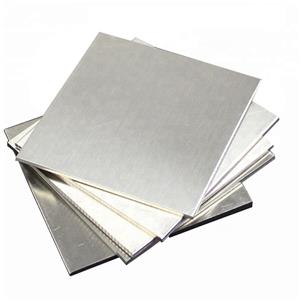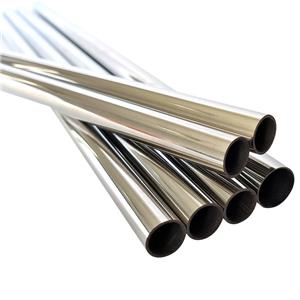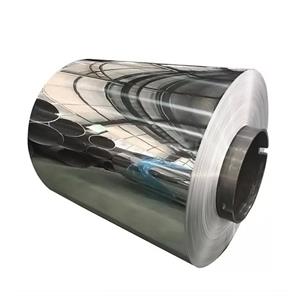Aluminum Pipe Introduction
Aluminum tubes and tubes are soft and malleable, and their color is similar to silver. Due to its low density and light weight as well as good corrosion resistance, aluminum pipes and tubes are preferred in many applications such as healthcare, aerospace, recreational products, machine parts, automotive and transportation hydraulics, solar energy, refrigerators, and air conditioning systems, brakes, fuel lines, frames, etc. When exposed to a corrosive environment, aluminum forms a passivating coating that stops further corrosion. Pure aluminum is not used in industrial plumbing applications. Any commercially available aluminum pipe is basically made of an aluminum alloy combined with alloying elements such as zinc, copper, manganese, magnesium, and silicon.
Classification of Aluminum Tube:
The aluminum pipe is mainly divided into the following::
Divided by the shape: square tube, round tube, pattern tube, alien tube, global aluminum tube.
Divided by squeezing: seamless aluminum tube and ordinary squeeze tubes
According to accuracy: Ordinary aluminum pipes and precision aluminum pipes, the precision aluminum tubes generally need to be reused after squeezing, such as cold -pulling, rolling.
Divided by thickness: ordinary aluminum tube and thin -walled aluminum tube.
Alloy Series of Aluminum Tubes:
The aluminum industry has created a system to identify wrought aluminum alloys using a four-digit numerical designation. The first digit indicates the main alloying element. The second number indicates whether the base alloy has been modified. The third and fourth digits indicate the specific alloy. The following represent different groups:
1XXX Aluminum 99% or higher;
2XXX Copper - Major alloying element
3XXX Manganese - main alloying element
5XXX Magnesium - Major alloying element
6XXX Magnesium and silicon - major alloying elements
7XXX Zinc - Major alloying element.
5086 aluminum tube:
High strength magnesium alloy aluminum mainly used in marine industry.
6061 aluminum tube:
This magnesium silicon alloy aluminum product is a good general alloy.
6063 aluminum tube:
This alloy has excellent corrosion resistance and solderability.
5083 aluminum tube:
The alloy also has good weldability characteristics for making containers.
Advantages of Aluminum Tube:
First, the advantages of welding technology: the welding technology of thin-walled copper-aluminum pipes suitable for industrial production is known as a world-class problem, and it is the key technology for replacing copper with aluminum for connecting pipes of air conditioners.
The second is the advantage of service life: from the perspective of the inner wall of the aluminum tube, since the refrigerant does not contain water, the inner wall of the copper-aluminum connecting tube will not corrode.
The third one is the advantage of energy saving: the connection pipeline between the indoor unit and the outdoor unit of the air conditioner, the lower the heat transfer efficiency, the more energy saving, or the better the heat insulation effect, the more power saving.
Fourth, the bending performance is excellent, easy to install and move.
Applications of Aluminum Pipe:
Compared to other traditional piping systems, aluminum piping is a superior material for compressed air installations. Since compressed air systems pose a greater risk than pressurized fluids like water due to stored energy, plumbing systems made of high-quality materials are critical.
Aluminum ductwork resists corrosion, provides optimal airflow, reduces energy costs, and improves air quality. Fittings used with the aluminum system also provide a secure fit, eliminating the risk of leaks.
Compared to copper or steel pipes, aluminum pipes are easier to install and modify, which reduces the cost and labor of installation and modification. Unlike steel pipe systems, they do not require threading, welding or brazing.
While copper pipes have been used as an option for compressed air systems, not all types of copper are suitable for high air pressure. Copper pipes also tend to be more expensive and labor-intensive. Stainless steel, on the other hand, has become a widely used alternative. However, moisture trapped within stainless steel piping systems can cause rust from the inside out. Despite the moisture barrier, there is still a small amount of moisture in the piping system, which can eventually lead to corrosion.




